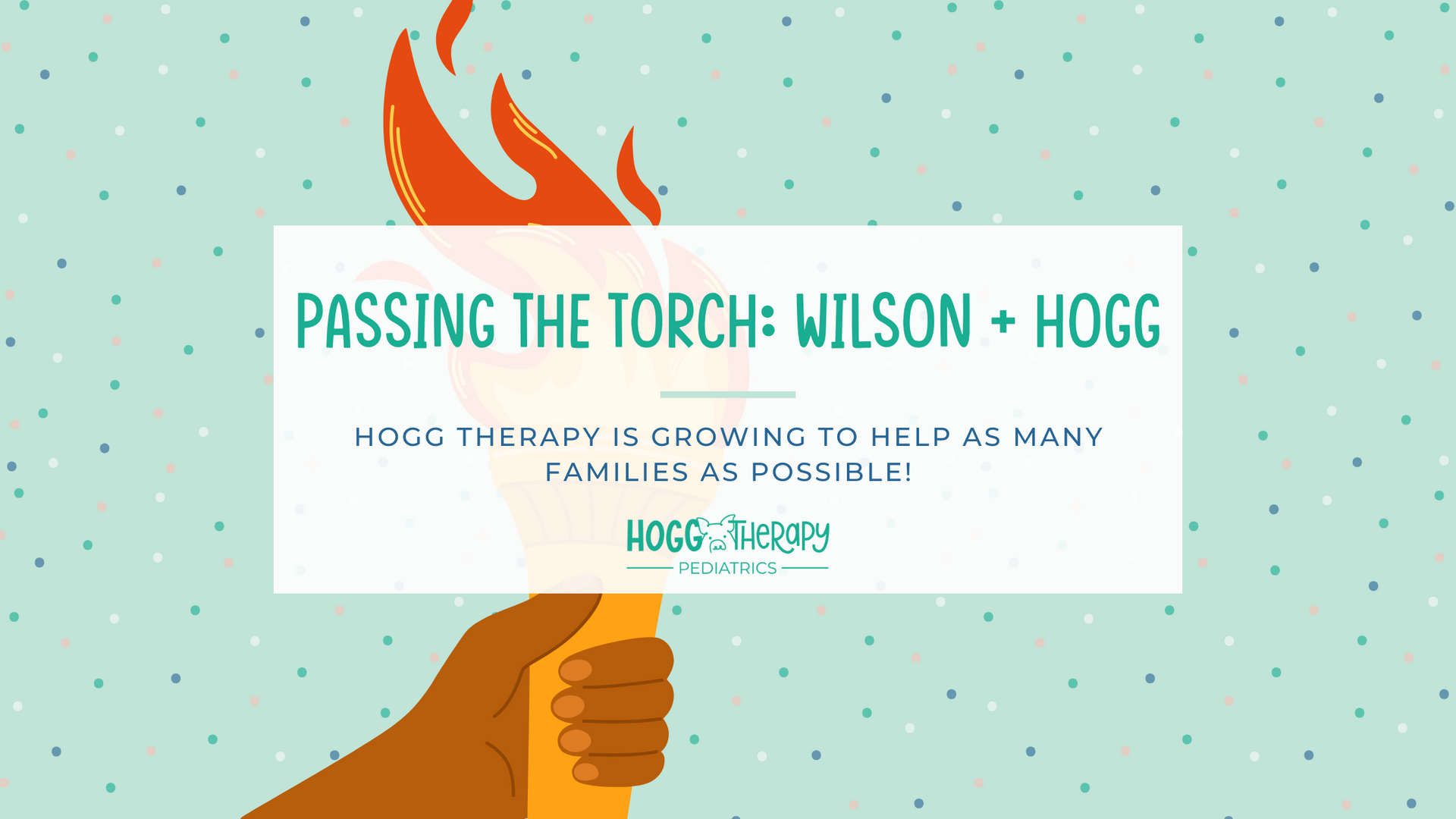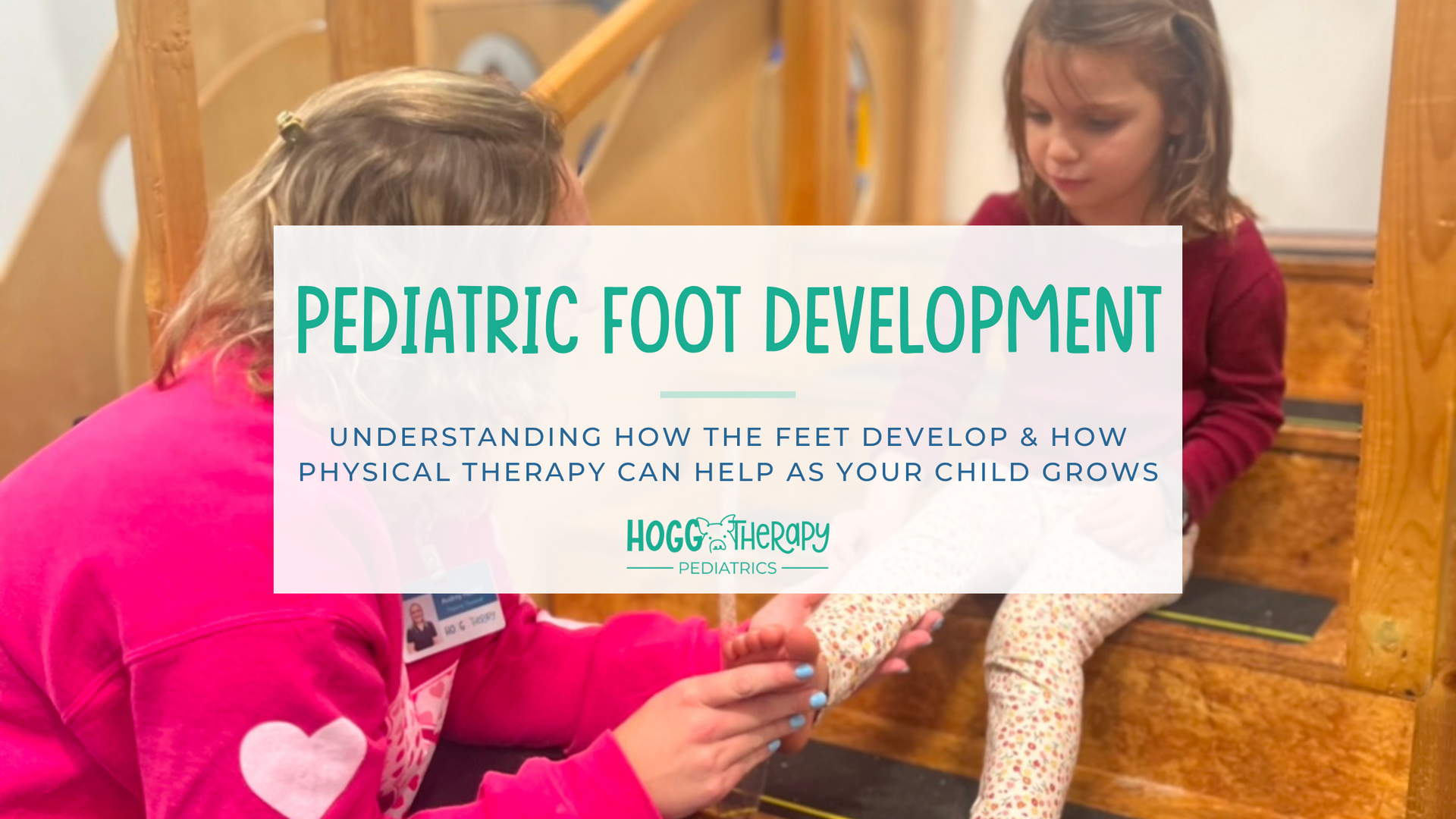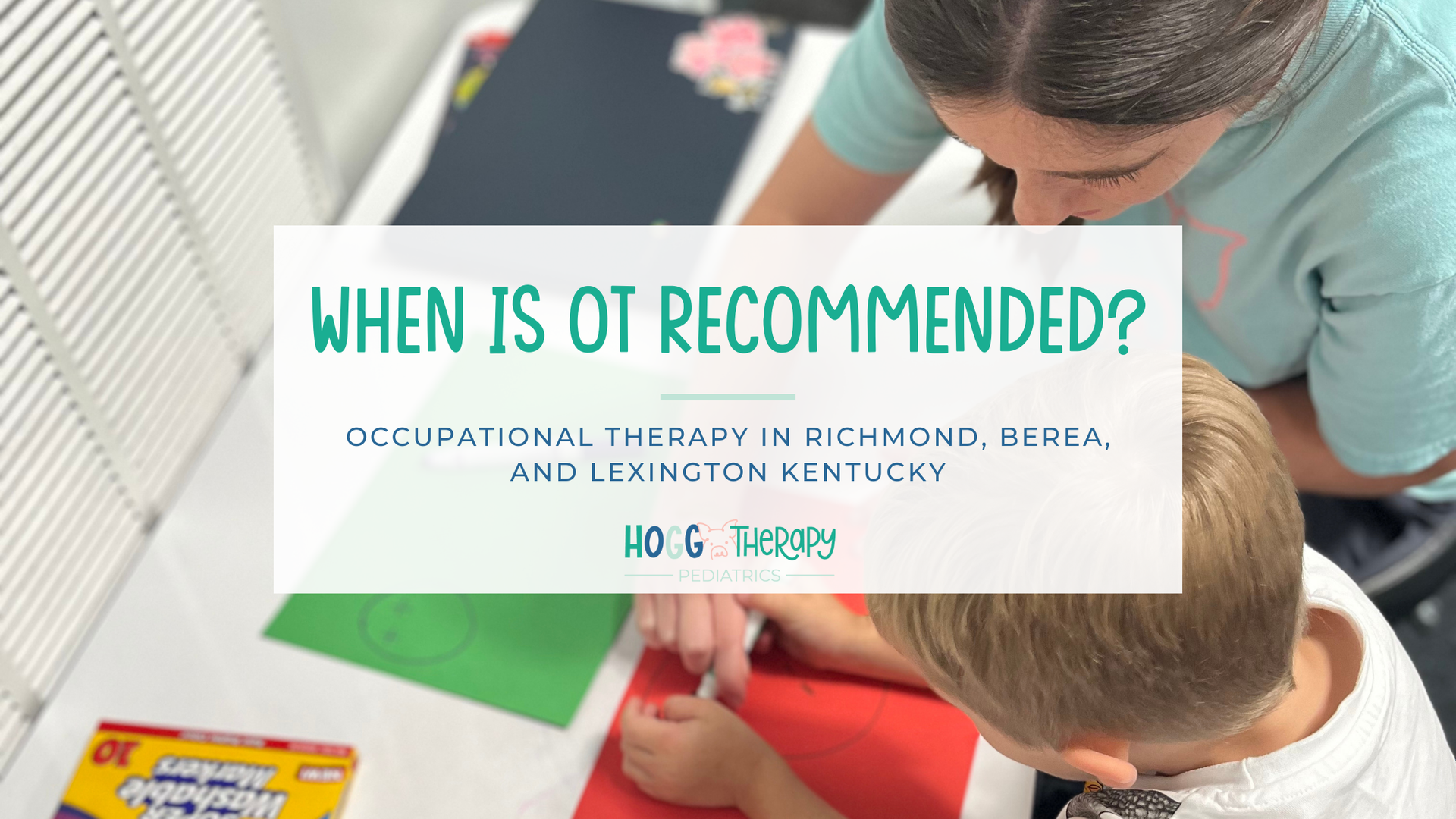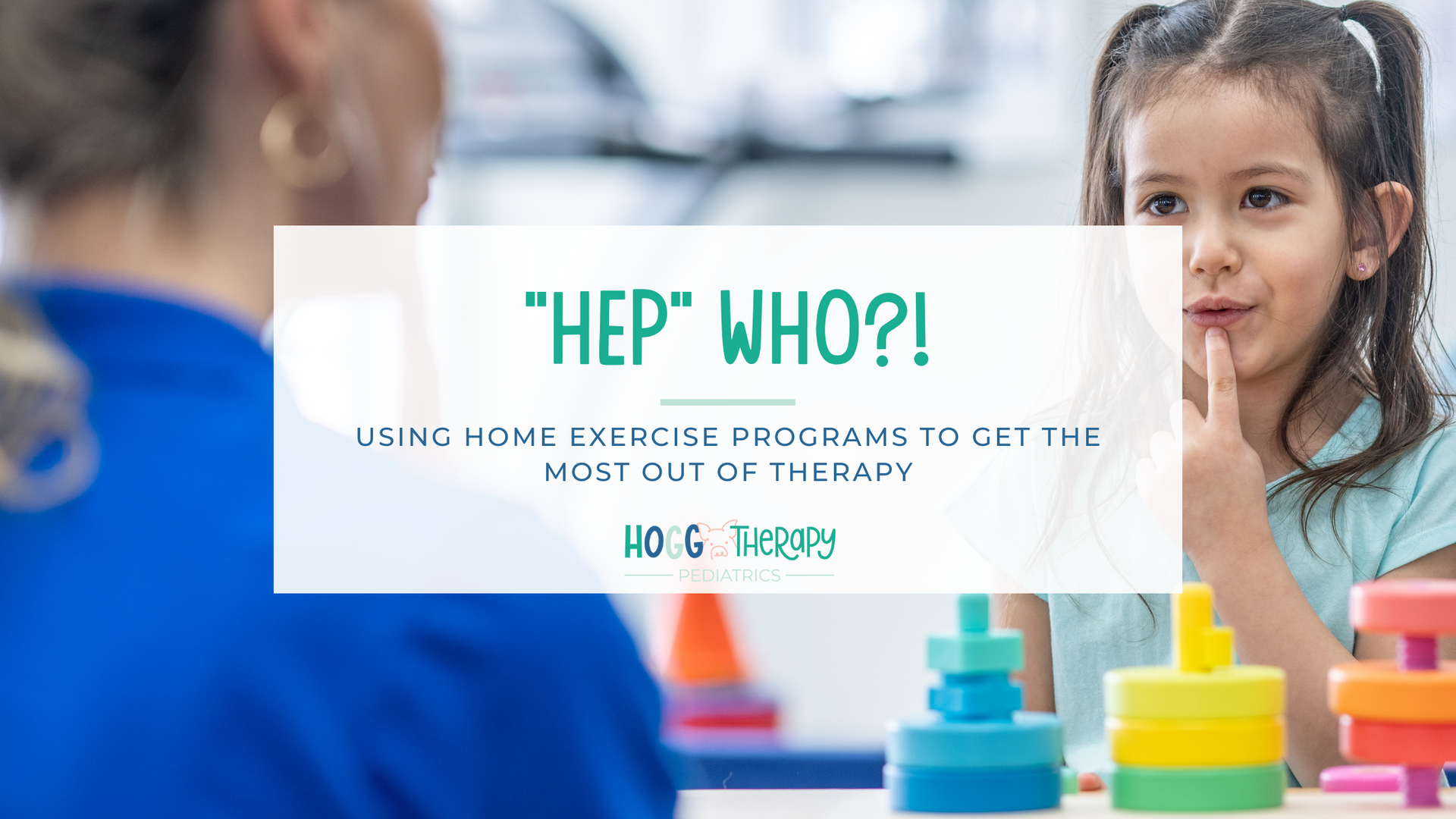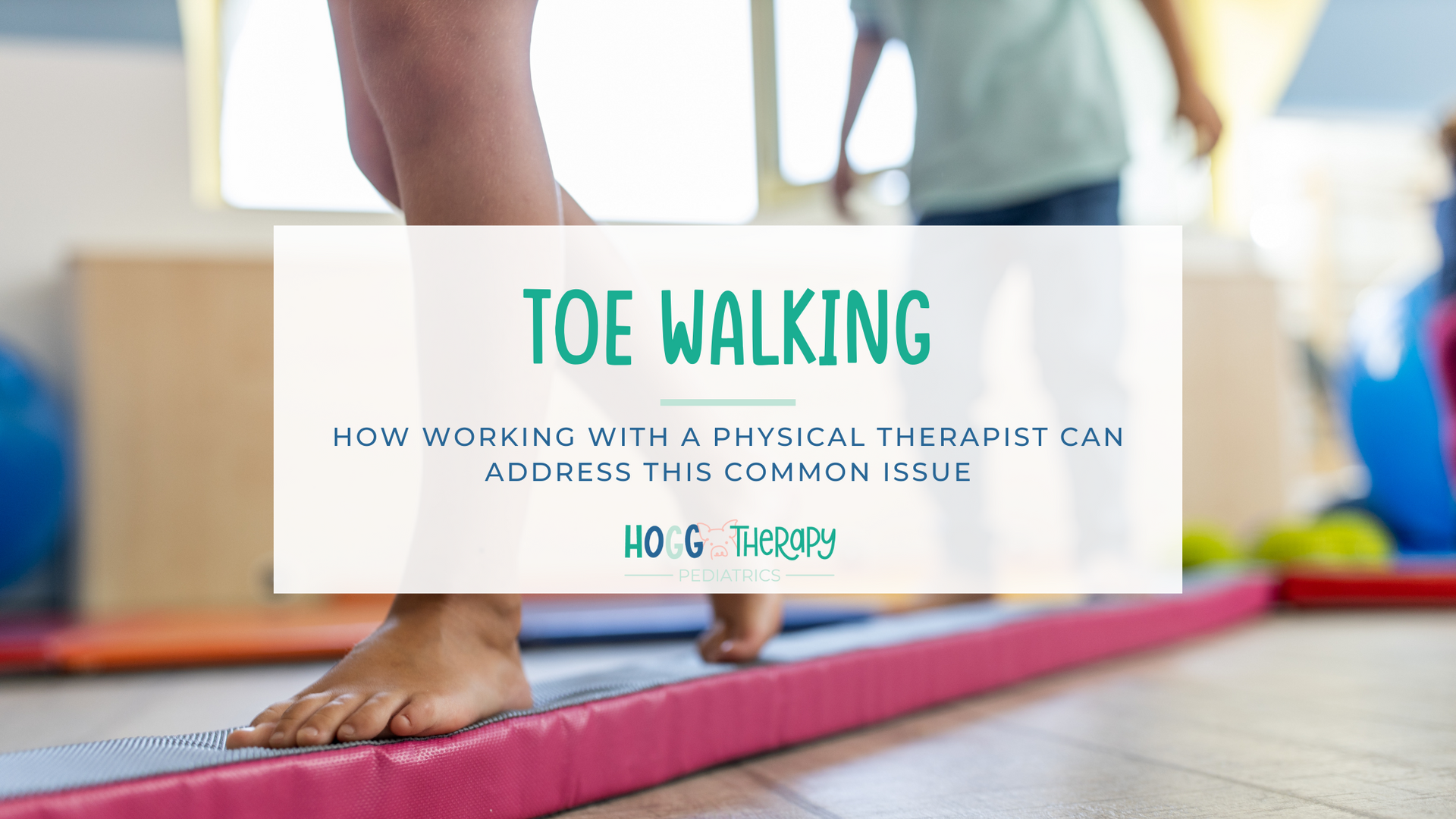What is the Asymmetrical Tonic Neck Reflex?
Part of the development of babies is what are called “primitive reflexes”. One reflex is called the Asymmetrical Tonic Neck Reflex (ATNR), and this helps to prepare babies for rolling over.
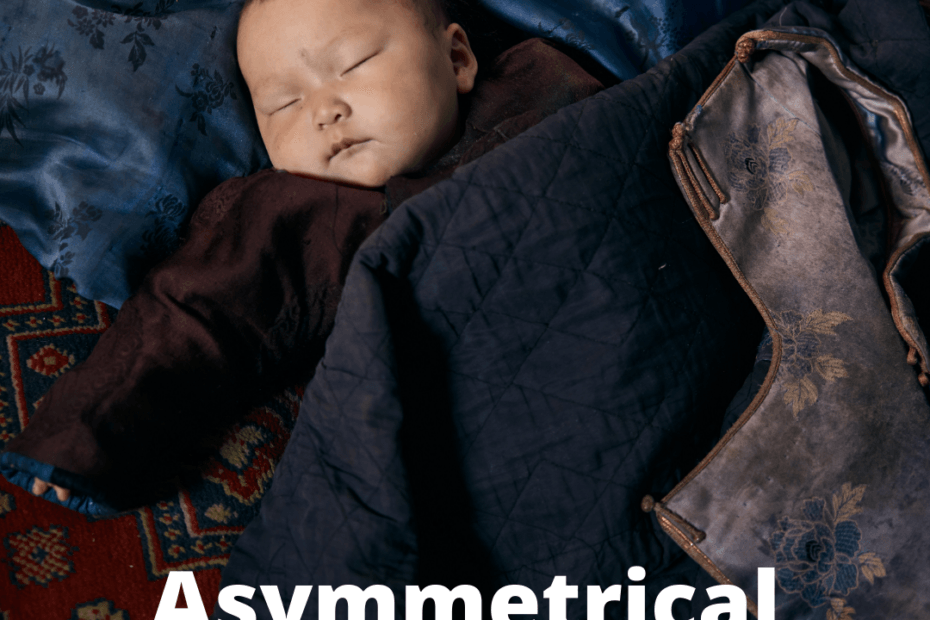
Prepare For Rolling!
Part of the development of babies is what are called “primitive reflexes”. One reflex is called the Asymmetrical Tonic Neck Reflex (ATNR), and this helps to prepare babies for rolling over. For babies born at full term, this is present at birth, but may be more easily seen at around 1 month of age. This tends to disappear around 3-6 months old. This reflex and its integration helps to prepare for hand-eye coordination when they get older.
How it looks: When the head turns, the arm and leg on the same side straighten out, while the arm and leg on the opposite side bends.
If it does not go away, problems that could occur as they get older are:
● Poor eye-hand coordination
● Difficulty with handwriting
● Trouble crossing midline
● Poor visual tracking with reading/writing
Exercises to help it integrate:
● Pushing a shopping cart while turning head
● Zombie walk while turning head
● When walking, touch opposite elbow and knee
● Crawling/animal walks that involve bringing opposite limbs together
Find out more about primitive reflexes
Check us out on Pinterest!

